Cockroach infestations are a common issue for homeowners, particularly in warm and humid environments like California. Two of the most prevalent species, German and American cockroaches, differ in appearance, habits, and the risks they pose. Understanding these differences is crucial for effective roach control and pest management.
Key Takeaways
- German cockroaches are small, light brown with dark stripes, live indoors, and reproduce quickly with many eggs.
- American cockroaches are large, reddish-brown with yellow markings, live in damp areas, and grow slowly.
- Both cockroaches spread diseases, trigger allergies, contaminate food, and require specific removal methods.
- Prevention includes sealing cracks, fixing leaks, cleaning surfaces, decluttering spaces, and calling pest control services.
German vs. American Cockroaches: Key Differences
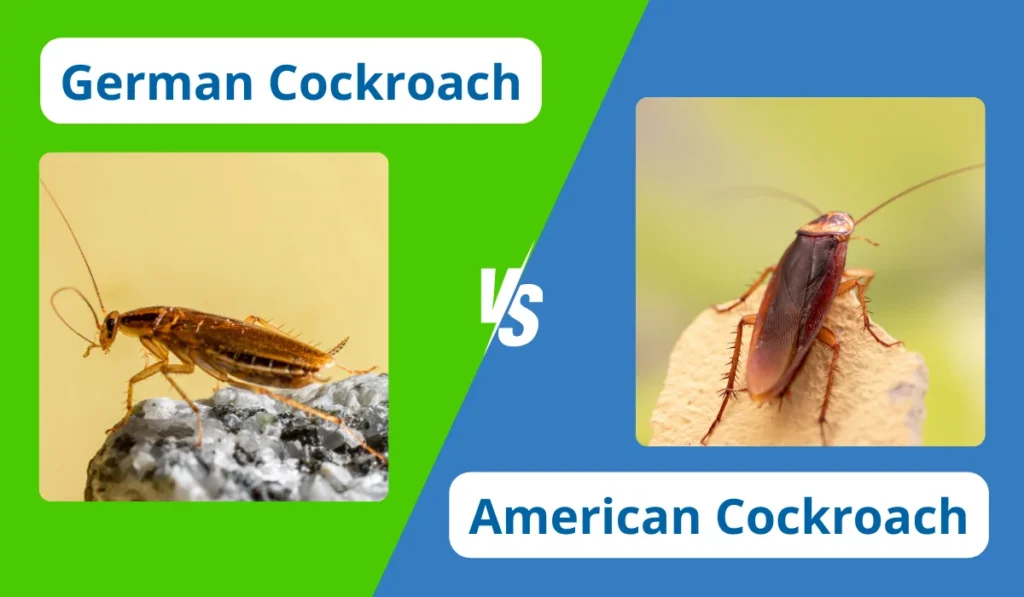
To help you quickly distinguish between German and American cockroaches, we’ve outlined their key traits in the table below. Use this side-by-side comparison to identify which type of roach may be infesting your home:
| German Cockroaches | American Cockroaches | |
|---|---|---|
| Size | Small, ½ to ⅝ inch | Large, 1 ¼ to 2 ⅛ inches |
| Color | Light brown with two dark, parallel lines on the thorax | Reddish-brown color with a yellow figure-eight pattern on the pronotum |
| Habitat | Indoors: kitchens, bathrooms, and crevices | Outdoors: basements, crawl spaces, attics, sewer systems |
| Reproduction | High rate: 30–40 eggs per egg capsule, hatching in ~1 month | Slower: 14–16 eggs per egg case, taking 6–12 months to mature |
| Nymphs | Small, light brown, wingless | Larger, darker brown, wingless |
| Behavior | Prefers warm areas, rarely flies | Can glide/fly short distances, thrives in damp areas |
Are These Cockroaches Dangerous?
Both species are known to spread pathogens and pose health concerns.
German cockroaches, or Blattella germanica, often infest food sources, contaminating them with droppings and egg capsules. They carry pathogens that cause food poisoning, such as salmonella, and their droppings can trigger asthma and allergic reactions in sensitive individuals.
Sometimes referred to as “water bugs” or “palmetto bugs,” American cockroaches (Periplaneta americana) are commonly found in sewer systems. When they enter homes, they can spread bacteria and other harmful pathogens, increasing the risk of illness.
Signs of German and Cockroach Infestation
Identifying the type of cockroach in your home is the first step in managing the signs of infestation.
German Cockroaches
Their presence is often marked by dark droppings resembling coffee grounds, egg cases (oothecae) hidden in crevices, and a distinct musty odor.
American Cockroaches
Look for reddish-brown droppings near crawl spaces or basements. You may also see live roaches near water sources or hear them rustling in damp areas like sewers and attics.
How to Get Rid of Cockroach Infestations
The approach to controlling cockroach infestations on your own depends on the species:
German Cockroaches
To disrupt their life cycle, use baits and insect growth regulators (IGRs). Focus on treating cracks and crevices with targeted sprays, and keep food and water sources sealed.
American Cockroaches
Employ DIY traps and sprays in basements, attics, and damp areas. Fix leaks and dry out water-prone spots to address their preference for humid environments.
How to Prevent Future Cockroach Infestations
Preventing roach infestations requires a combination of cleanliness and structural maintenance:
- Seal Entry Points: Block crevices, cracks, and other potential access points.
- Eliminate Moisture: Fix leaking pipes and improve ventilation in crawl spaces and basements.
- Sanitize Regularly: Wipe surfaces, vacuum often, and avoid leaving food exposed.
- Reduce Clutter: Roaches hide in dark spaces like cardboard boxes, so decluttering reduces their options.
When to Call Pest Control Professionals
Whether you’re dealing with light-brown German roaches or reddish-brown American roaches, acting quickly can help protect your home from these pests.
At Simple Pest Management, we have the expertise to identify the species of cockroaches, locate their hiding places, and apply targeted pest management strategies.
Contact us today to schedule an inspection and take the first step toward a pest-free home.
 1st pest control service just $49. Must schedule service online.
1st pest control service just $49. Must schedule service online.

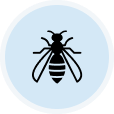
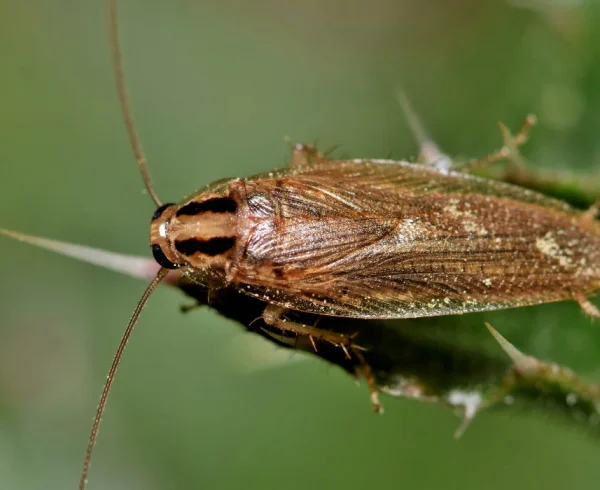
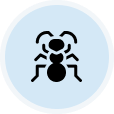
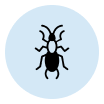

 You’re supporting a small, local business
You’re supporting a small, local business


